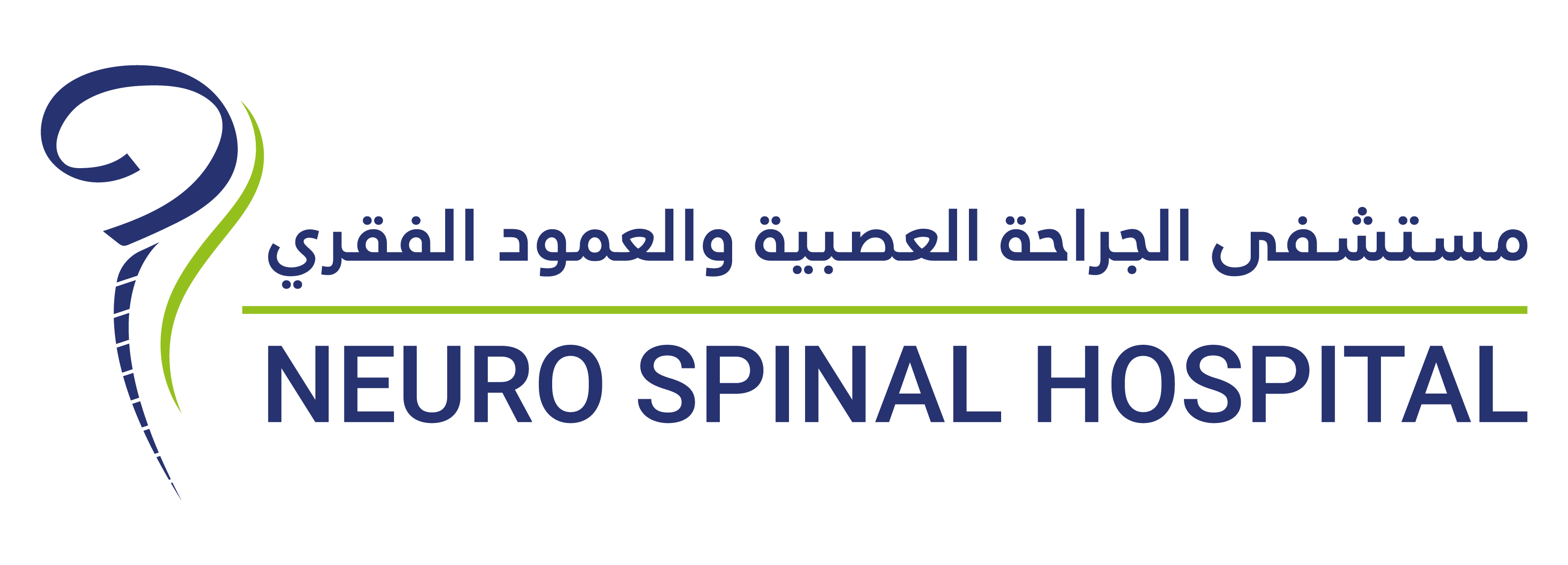The signs and symptoms of hydrocephalus vary by age of onset.
Common signs and symptoms of hydrocephalus in infants include:
- An unusually large head, or rapid increase in head size
- A bulging or tense soft spot (fontanel) on the top of the head
- Vomiting
- Sleepiness
- Irritability
- Poor feeding
- Seizures
- Eyes fixed downward
- Deficits in muscle tone and strength
- Poor responsiveness to touch
- Poor growth
If hydrocephalus has progressed by the time of birth, it may result in significant intellectual, developmental and physical disabilities.
In toddlers and older children, signs and symptoms may also include:
- Headache
- Blurred or double vision
- Sleepiness or lethargy
- Nausea or vomiting
- Unstable balance
- Poor coordination
- Poor appetite
- Urinary incontinence
- Behavioural and cognitive changes
- Irritability or personality changes
- Decline in school performance
- Delays or problems with previously acquired skills, such as walking or talking
Common signs and symptoms in young and middle-aged adults include:
- Headache
- Lethargy
- Loss of coordination or balance
- Loss of bladder control or a frequent urge to urinate
- Impaired vision
- Decline in memory, concentration and other thinking skills
Among adults 60 years of age and older, the more common signs and symptoms of hydrocephalus are:
- Loss of bladder control or a frequent urge to urinate
- Memory loss
- Progressive loss of other thinking or reasoning skills
- Difficulty walking, often described as a shuffling gait or the feeling of the feet being stuck
- Poor coordination or balance
Long-term complications of hydrocephalus can vary widely and are often difficult to predict. Less severe cases, when treated appropriately, may have few, if any, serious complications.
Adults who have experienced a significant decline in memory or other thinking skills generally have poorer recoveries and persistent symptoms after treatment of hydrocephalus.
The severity of complications depends on other medical or developmental problems, severity of initial symptoms and the promptness of diagnosis and treatment.
Because the symptoms associated with hydrocephalus can be also caused by other conditions, it is important to get a timely diagnosis and appropriate care.
Seek emergency medical care for infants and toddlers experiencing these signs and symptoms:
- A high-pitched cry
- Problems with sucking or feeding
- Unexplained, recurrent vomiting
- An unwillingness to move the head or lay down
- Breathing difficulties
- Seizures
Seek prompt medical attention for other signs or symptoms in any age group.






